MusicRadar Verdict
Walrus Audio makes the most of a compact stompbox with an intuitive array of controls that present exceptional sounding reverbs that range from the everyday to the sublime.
Pros
- +
Heaps of functions from a small footprint.
- +
Wide range of reverbs.
- +
Fully stereo.
- +
Presets.
- +
MIDI control.
Cons
- -
It is expensive.
- -
No regular expression pedal input.
MusicRadar's got your back
Walrus Audio Mako Series R1 High-Fidelity Stereo Reverb: What is it?
The Mako Series sees Walrus Audio upping the ante considerably. At first blush, it might not look it. The enclosure designs are more utilitarian than the Oklahoma stompbox specialist’s regular range, eschewing artwork for a clean, metallic design.
And yet the Mako Series is designed to challenge our expectations of what’s possible from a regular-sized effects pedal.
Reverb pedals such as Walrus Audio’s Slö and Fathom don’t lack for features, but they typically offer a range of sounds for specialists to explore and get lost in. This Mako Series R1 High-Fidelity Stereo Reverb, however, presents itself as an all-purpose studio-quality stereo reverb. It has got you covered for more vanilla reverb flavours, and should the mood take you, there’s a seemingly infinite range of off-road ambience to explore.
As with its siblings in the Mako Series, the R1 has a six-knob enclosure, with two footswitches, stereo inputs and outputs on either side of the pedal, and a trio of toggle switches. It, too, is fully MIDI compatible and allows the user to control 128 presets. Without MIDI, you’ve still got 9 presets that can be stored onboard.
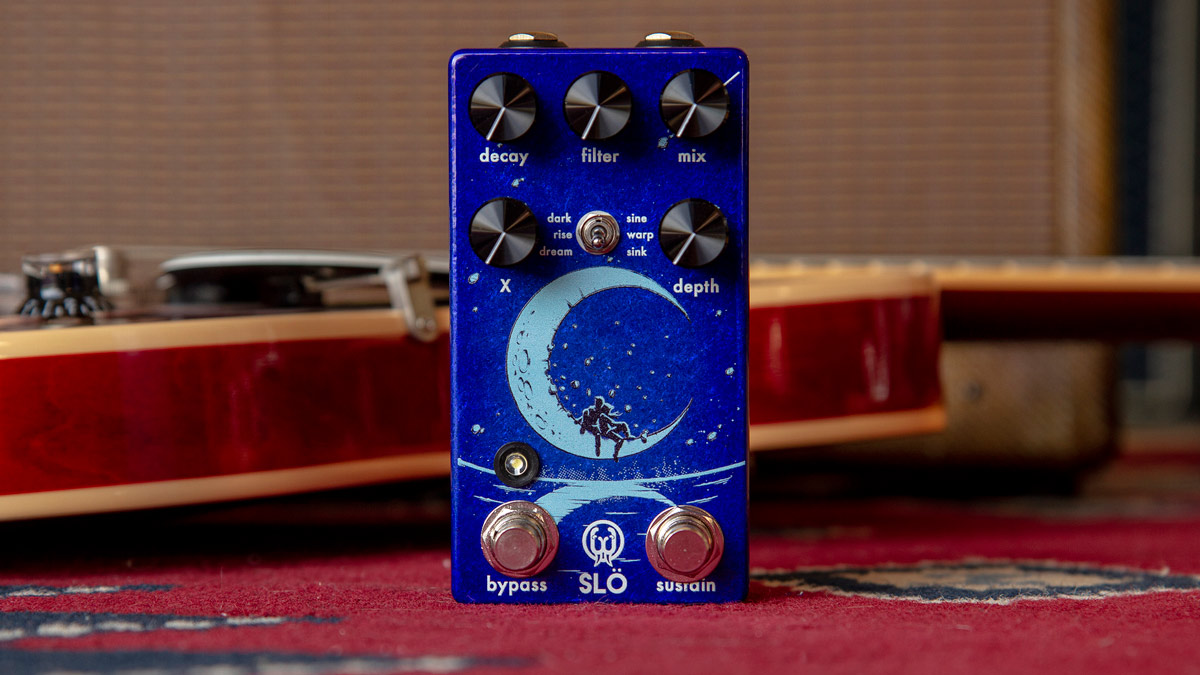
• Walrus Audio Slö Multi Texture Reverb
Ideal for players who want the option of deep ambience in their signal chain without using up a massive chunk of ’board space.
• Strymon BigSky
This kind of quality doesn't come cheap, but reverbs don't get much better than this - a superlative stompbox in every way.
• Boss RV-500 Reverb
There’s plenty to be explored in this immensely practical pedal that brings reverb and delay together. With all that memory and the various footswitching options, it’s the perfect tool if you need different ambiences for different songs.
This will come in very handy with six types of reverb available. Each of these is accessed by a six-way rotary Prog dial that lets you choose from Spring, Hall, Plate, BFR, RFRCT (Refract) and Air. And there is no shortage of ways you can take these core sounds and take them from subtle to a full-on reverb wash of varying textures.
There are dials for Decay, Swell, Mix, Tweak and Tune. The Tweak dial works in concert with the Rate, Depth and Pre Delay toggle switch, while the Tune dial works with a three-way toggle that lets you control how bright or dark you want your reverb in the High position, how thick or thin you want it in the Lo position, or, when set to X, you can access secondary features for each reverb program.
For example, in Spring, set the toggle to X, and the Tune knob dials in a warm drive to the reverb input, as though you’ve overloaded a real-life spring reverb. A similar effect is achieved in the Plate setting. Hall, a standard-issue reverb algorithm for mimicking large sound spaces such as concert halls and arenas, activating the X control directly affects the size of the room.
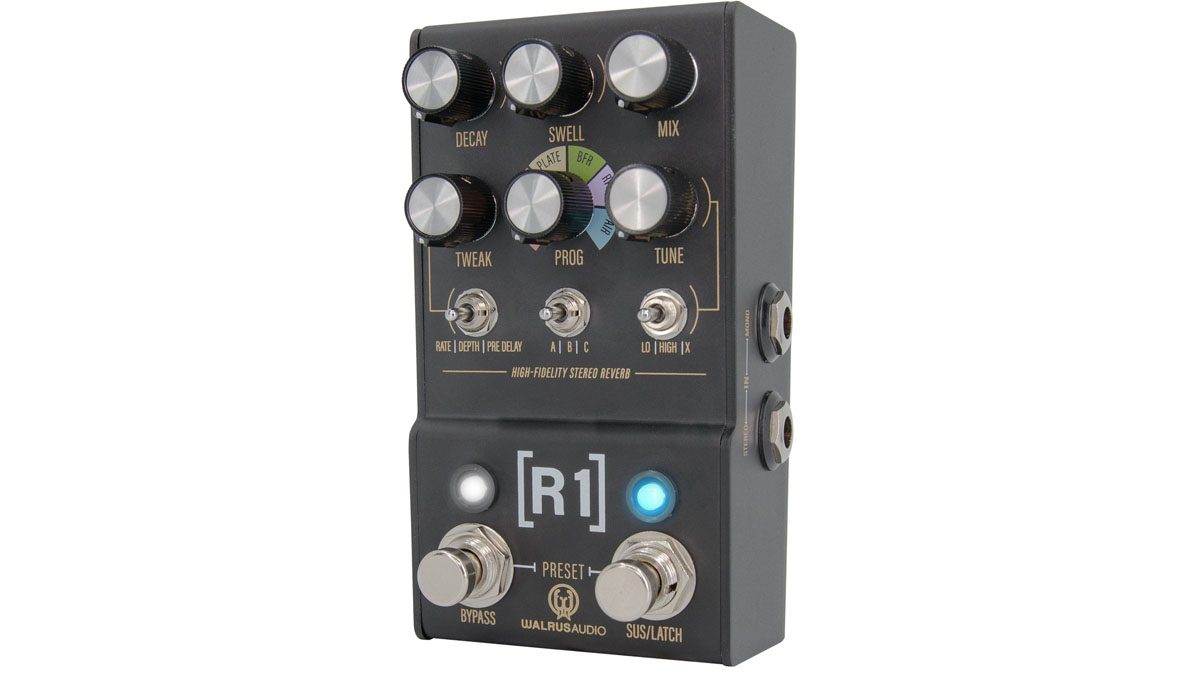
Meanwhile the BFR, aka the ‘Big Friendly Reverb’ (right, Walrus? Okay, maybe not so family-friendly), the X function takes this massive reverb and adjusts the amount of diffusion in the delay network – meaning lower settings give you a noticeable tap, and higher settings offer a soft-feathered bed of reverb.
Finally, you have Rfrct (Refract) and Air. Refract offers glitchy textures over a diffuse reverb, with an X function that adjusts from dark, lo-fi glitching to bright and present. Air, meanwhile, is as you’d imagine, an aerated, gaseous ‘verb that’s got a little shimmer to it. This, says Walrus Audio, will work gangbusters with keyboards and synthesisers, which seems like a good time to mention that the R1 – and its kissing cousin, the D1 High-Fidelity Stereo Delay – are not just for your electric guitar.
You can also adjust the stereo width via the X knob. Select X on the toggle switch, hold down the bypass switch, and once the LED starts flashing turn the X knob to adjust the width of the stereo image, with noon full stereo, and fully clock-wise offering a fully enhanced stereo width.
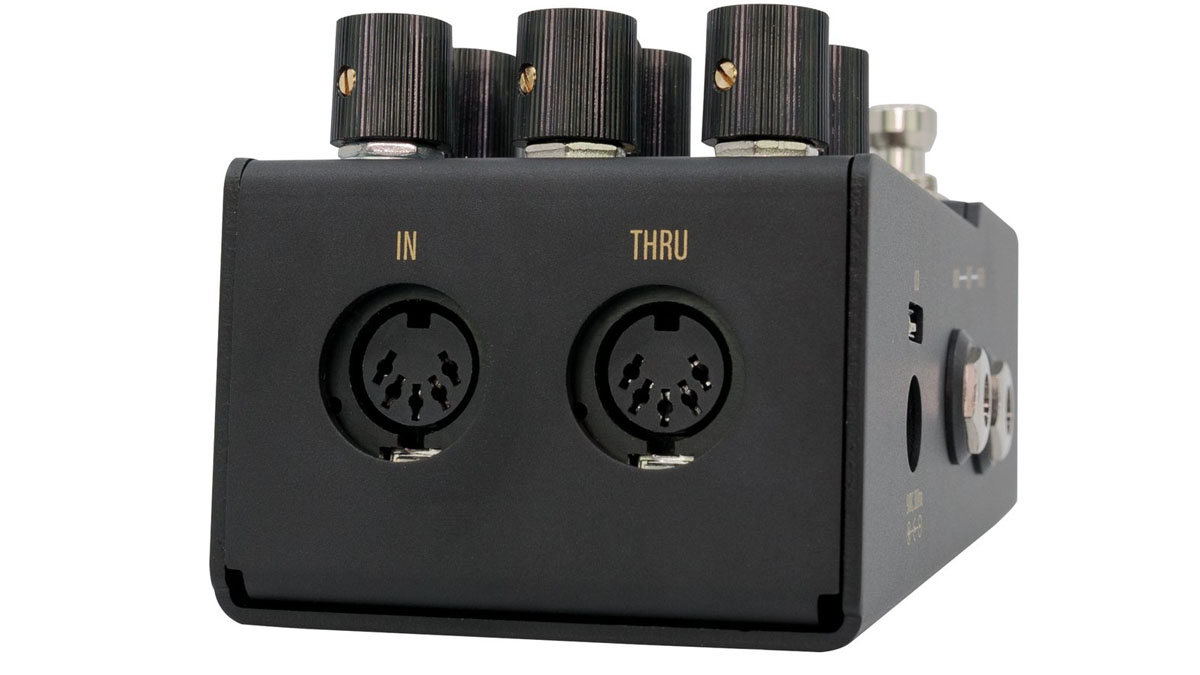
Walrus Audio Mako Series R1 High-Fidelity Stereo Reverb: Performance and verdict
The R1 is blessed with an abundance of features. We mentioned earlier that it is an all-purpose reverb pedal, and that’s very much how it performs once you set it up on your ‘board and begin to explore each of its six modes.
Like the D1, it presents all this functionality with a minimum of fuss. That X knob and the options it offers on each of the reverb types might seem bewildering when reading through the manual – at least in terms of how you want to use it in an actual song – but when you start turning the dial and seeing where it can take you, there’s something incredibly inspiring about it.
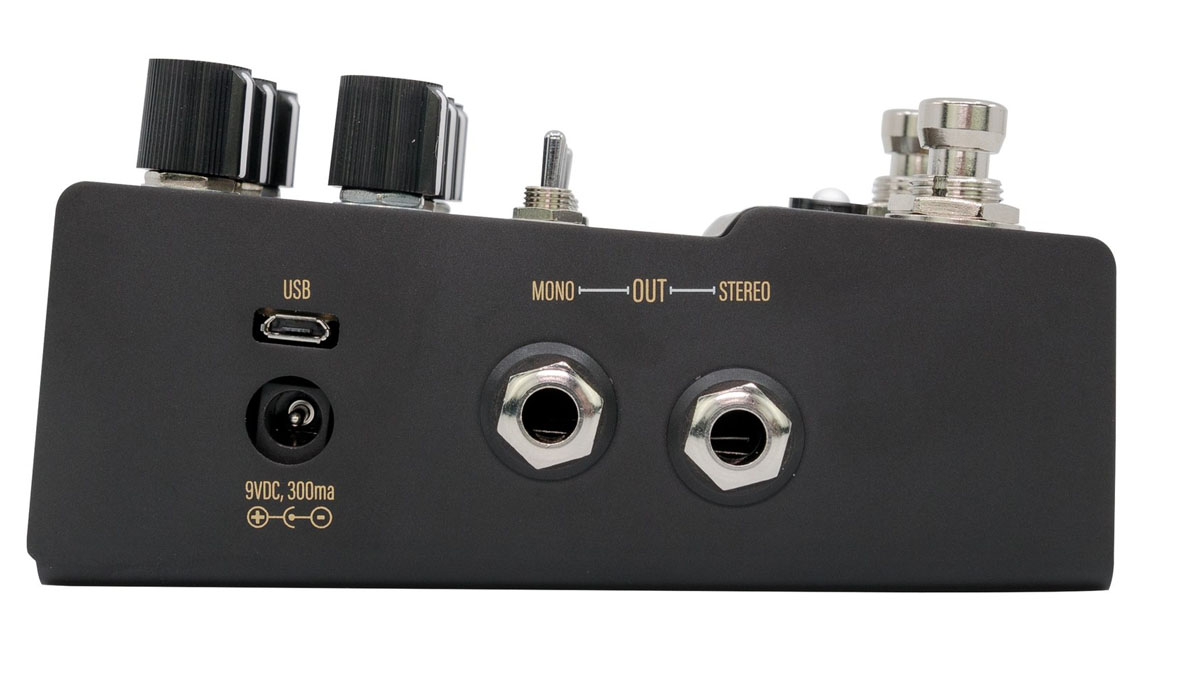
In that respect, the R1 is a reverb pedal to unite the tribes, a pedal for the soundscape adventurist and the player who just needs high-quality reverb to gussy up their tone and add some depth and space.
The latter can do this safe in the knowledge there is always more in the tank, while the adventurist is going to find the Swell feature’s ability to add a volume envelope to your wet/dry signal a playground for dreamy fade-in ambience as your guitar’s attack floats away atop a cumulonimbus.
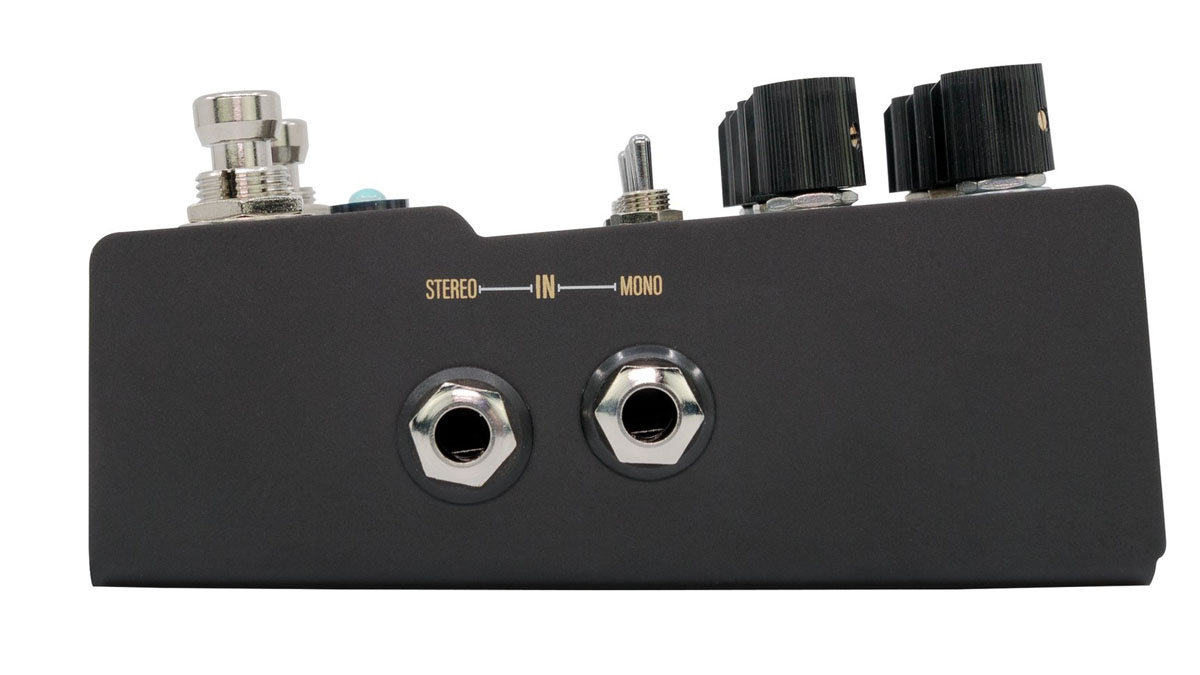
Switching between onboard presets is easy enough with the previous preset’s reverb tail naturally fading as the other becomes natural, while the Sus/Latch footswitch offers an infinitely sustaining reverb which could come in handy for an ambient set-piece, or simply to buy time while your bassist tries to free themselves from a plastic pod onstage. Hey, it could happen.
Adjusting the depth of the stereo imaging will be a feature that comes into its own in the studio, and we can envisage the R1 being a pedalboard staple in many a recording space. It’s not cheap, but then the Mako Series is not designed for the casual user. This is a serious reverb pedal that’s a lot of fun, equipped with a powerful set of controls to accommodate most playing situations.
MusicRadar verdict: Walrus Audio makes the most of a compact stompbox with an intuitive array of controls that present exceptional sounding reverbs that range from the everyday to the sublime.
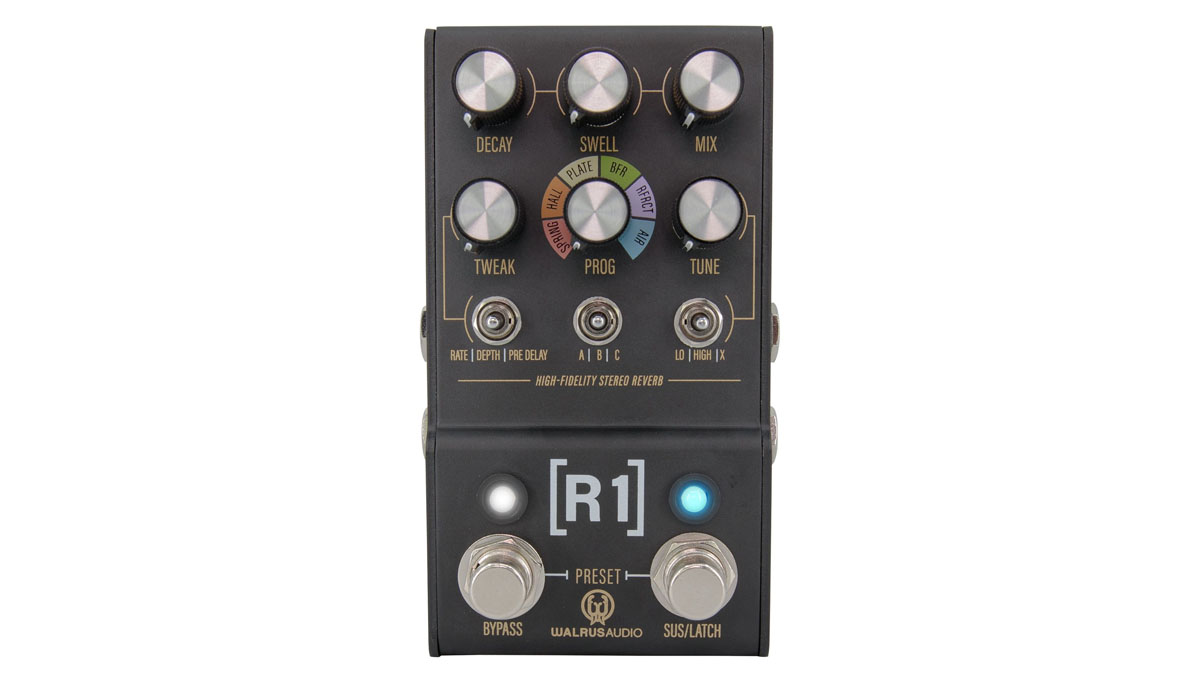
Walrus Audio Mako Series R1 High-Fidelity Stereo Reverb: The web says
"The Tune knob adjusts to Lo and High frequency, and there’s an X parameter that’s different for each reverb type – typically overdrive for the Spring or room size for the Hall. All of this offers real versatility whether you’re adding space around the guitar (the Spring, Hall and Plate programs are definitely up to the task) or creating more otherworldy ambient washes with the BFR (‘Big F****** Reverb’) program."
Guitarist
"In glorious stereo, the hall effect does sheer hugeness about as well as any other pedal of its type. Now the modulation comes into its own, allowing you to add just as much background wobble as you need to give everything a sense of shoegazey 3D depth."
Guitar
Walrus Audio Mako Series R1 High-Fidelity Stereo Reverb: Hands-on demos
Reverb
Rabea Massaad
Walrus Audio
Guitarist
Walrus Audio Mako Series R1 High-Fidelity Stereo Reverb: Specifications
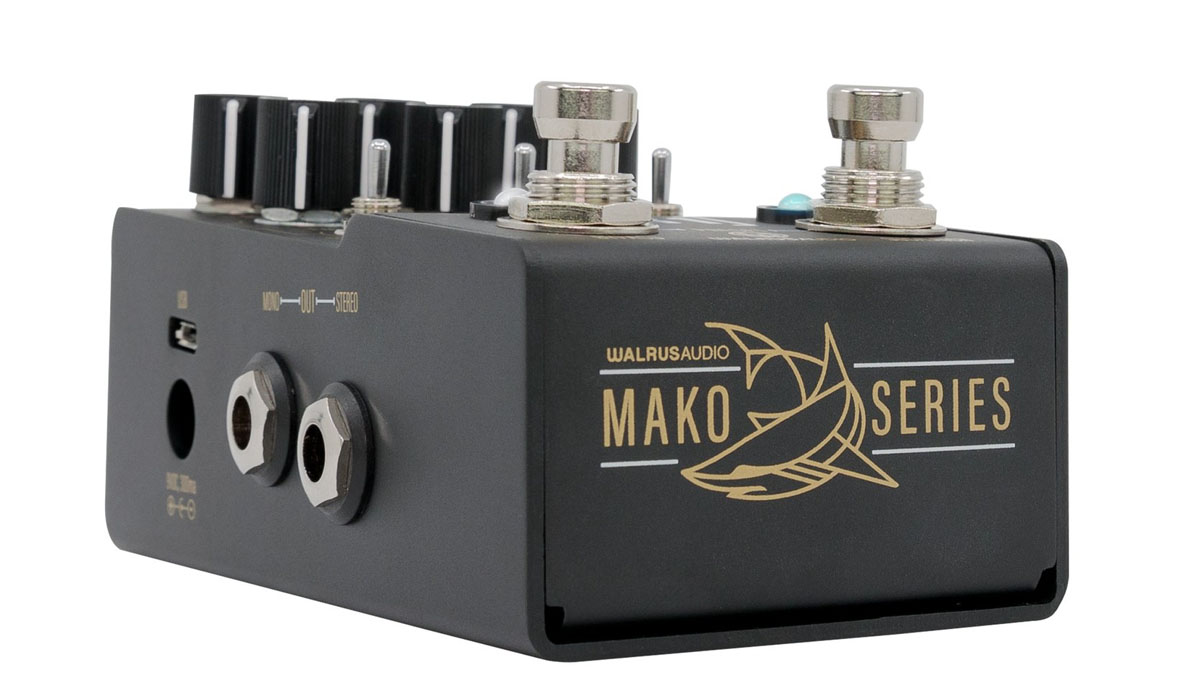
- ORIGIN: USA
- TYPE: Reverb pedal
- FEATURES: 3 selectable bypass types (True bypass, DSP+True Bypass (trails), and DSP Bypass), 9 onboard presets, MIDI
- CONTROLS: Program selector, Decay, Swell, Mix, Tweak, Tune, Tweak switch (Rate/ Depth/Pre Delay), Bank switch (A/B/C ), Tune switch (Lo/High/X), Sus/Latch footswitch, Bypass footswitch
- EFFECTS PROGRAMS: Spring, Hall, Plate, BFR, Refract, Air
- CONNECTIONS: Standard inputs (Left/Mono, Right), standard outputs (Left/Mono, Right), USB, MIDI in, MIDI out
- POWER: 9V DC adaptor (not supplied) 300mA
- DIMENSIONS: 73 (w) x 125 (d) x 60mm (h)
- CONTACT: Walrus Audio
MusicRadar is the number one website for music-makers of all kinds, be they guitarists, drummers, keyboard players, DJs or producers...
- GEAR: We help musicians find the best gear with top-ranking gear round-ups and high-quality, authoritative reviews by a wide team of highly experienced experts.
- TIPS: We also provide tuition, from bite-sized tips to advanced work-outs and guidance from recognised musicians and stars.
- STARS: We talk to musicians and stars about their creative processes, and the nuts and bolts of their gear and technique. We give fans an insight into the craft of music-making that no other music website can.
“Chinese Democracy was a boring record. But calling it Guns N' Roses was not honest. It was totally a solo record”: GN’R’s ex manager takes aim at Axl Rose
“Instead of labouring over a perfect recreation, we decided to make an expanded counterpart”: Chase Bliss teams up with Mike Piera for Analog Man collab based on the legendary King Of Tone
“It’s about delivering the most in-demand mods straight from the factory”: Fender hot-rods itself as the Player II Modified Series rolls out the upgrades – and it got IDLES to demo them











